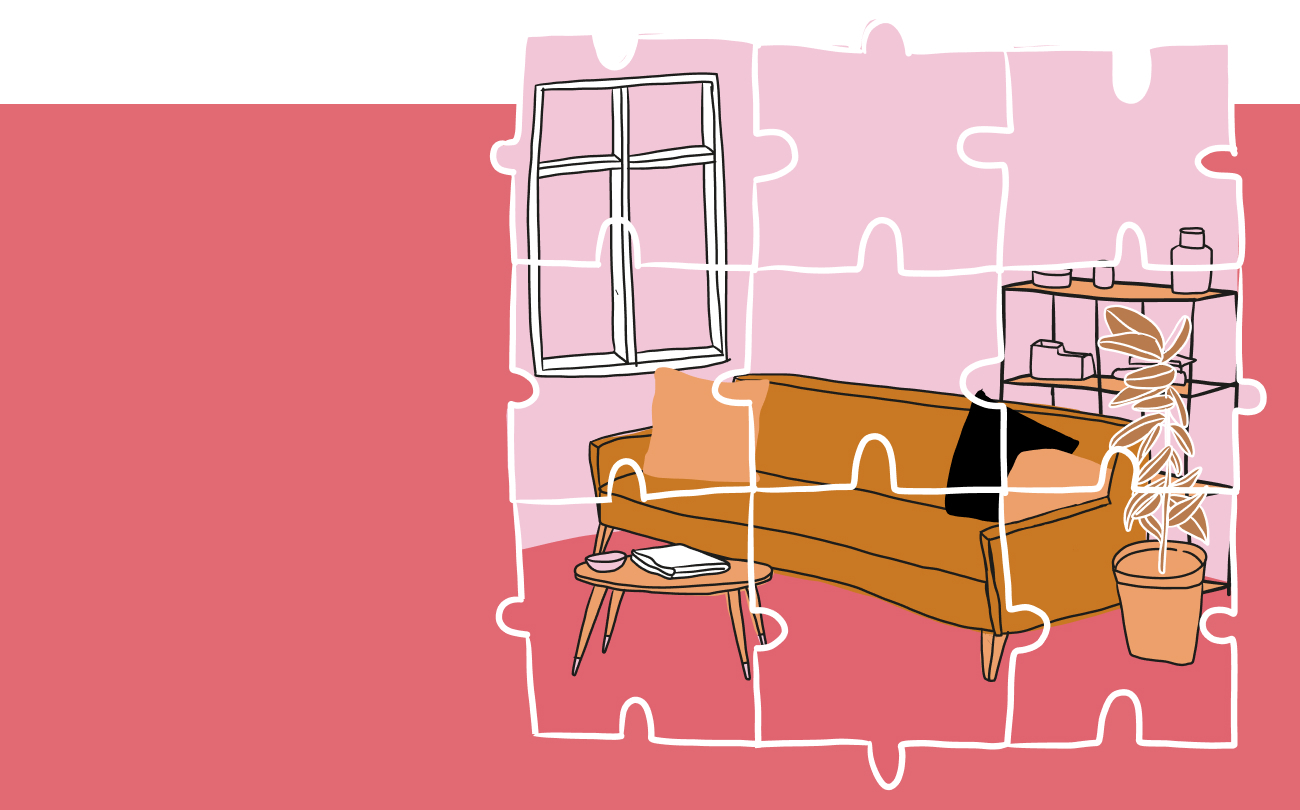Separate ownership
Separate ownership / Sondereigentum
October 18, 2022
What is meant by separate ownership and common property?
The German Civil Code (BGB) actually stipulates that the owner of the property is also the owner of the components of the property (especially the buildings). In the case of condominium ownership, i.e. when a condominium is involved, the matter is more complicated.
According to section 1 (2) Act of the Ownership of Apartment and the Permanent Residential Rights (WEG), condominium ownership is the separate ownership of an apartment together with a co-ownership share of the jointly owned property of which it is an integral part. What sounds complicated at first can be explained by the fact that in the case of condominium ownership, several persons are usually owners of a property and sole owners of a flat. In this case, the individual flat owner only owns "his/her" flat, the other flat owners own "their" flats. What belongs to the flat owner exclusively, i.e. the classic condominium ownership itself, is called separate property. The remaining parts of the property what is not separate property, belong to the Community of Apartment Owners (WEG), i.e. also partly to the individual condominium owner. This is called common property.
Condominium ownership should not be confused with a so-called special right of use. The special right of use, as the name already says, conveys mere (sole) possibilities of use of the entitled person(s). Ownership of the (building) parts subject to the special right of use is not transferred by the granting of a special right of use.

What is the object of common property?
According to section 5 (2) WEG, common property consists of all parts, installations and facilities of the building that necessarily serve the common use and parts of the building that are necessary for its continued existence or safety. In addition, all parts of the property that are not separate ownership are common property. In this respect, the demarcation between separate property and common property is primarily based on a negative demarcation, because what is part of the separate property can (within limits) be agreed by legal transaction through the declaration of division.
What is the object of the separate property?
The object of separate ownership is regulated in section 5 WEG. The specific scope of separate ownership is usually defined in the declaration of division. The object of separate ownership includes the rooms designated for this purpose pursuant to section 5 (1) WEG as well as the essential components of the building belonging to these rooms. The WEG does not define the term "room", but it is to be assumed that separate ownership refers to a room walled in on all sides. A demarcation upwards is not mandatory. Separate ownership of rooms only arises if they have been designated as separate property by agreement pursuant to section 3 (1) WEG or declaration of division pursuant to section 8 (2) WEG in conjunction with section 3 (1) WEG. If this allocation is omitted deliberately or inadvertently, separate ownership of rooms can not arise even if the material requirements are met.
Generally, the rooms of the flat (including floor coverings, wallpaper, built-in furniture, non-load-bearing walls within the flat and sanitary installations) as well as, if applicable, other rooms outside the self-contained flat such as the cellar room and attic belong to the separate property.
The dividing owner has only a limited possibility of disposition, i.e. not everything can be assigned to the separate property by the declaration of division. Some parts of the building must belong to the common property, section 5 ( 2) WEG. If this mandatory common property is nevertheless allocated to the separate property, the agreement is invalid. In individual cases, however, the provision can be interpreted to the effect that the condominium owner to whom the separate property was inadmissibly allocated is to be imposed the sole maintenance and repair obligation with regard to the components concerned.